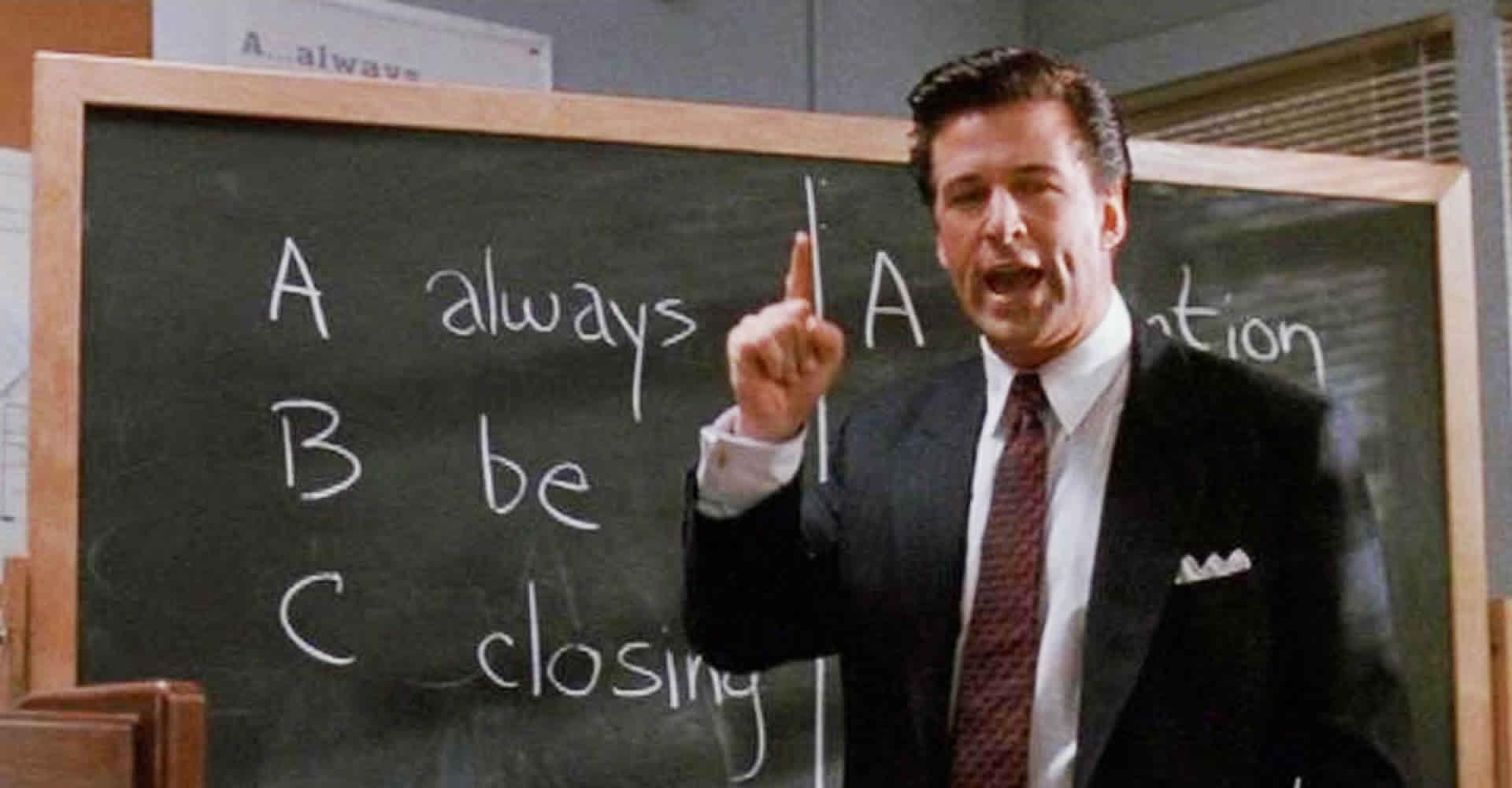The future is unknowable, and maybe hardly predictable, but we’ve got to plan around it. We use forecasts in all walks of life, whether we’re deciding what to wear on a given day, or how many sweaters to pack on vacation.
The same logic applies to doing business: we need to create a sales forecast to govern our inventory needs and growth strategy. We need to project prices to calculate revenue, and project costs to estimate profits. We shouldn’t expect to nail future performance down to a tee, but the right approach will turn sales forecasting from a cursory inspection process to a strategic approach. It will help you manage your workforce and stock, allocate resources, adjust course, and support strategic rationales.
If you’re a manager or owner of a small business, your forecasts can be quite simple. Creating a small business sales forecast doesn’t require a huge number of data points, but you shouldn’t ballpark it. It’s a process that will lay the foundation for a realistic business strategy that’s responsive to market forces. We’ve put together an 8 step guide to creating a small business sales forecast to serve as the backbone of your growth strategy.
1. Map Your Sales Process and Pipeline.
A business grows on sales, and salespeople do better with effective pipeline management and a well-defined sales process. Map your sales process and pipeline. Define pipeline stages according to prospect behavior, whether top-of-the-funnel activity or specific benchmarks, like an agreement to review materials, an acknowledged need, or a prospect-defined timeframe. Meanwhile, a documented and managed sales process enforces consistency, reinforces accountability, clarifies opportunities, and allows for easier estimation of confidence levels.
2. Separate Individual Lines of Sale.
Separate the products or services you sell into discrete categories, such as “bicycles” and “bicycle parts and accessories”. The same can be done with services, which can be separated into billable hours, subscriptions, and so on. For clarity’s sake, use the same units when creating your sales forecast as you’d use in your accounting.
3. Draw from Past Data.
The easiest way to forecast sales is by drawing on historical data. Projecting sales based on past performance sets a decent baseline that lets you account for seasonality or non-cyclical fluctuations (e.g. selling umbrellas during the rainiest season on record). You don’t need to go very far back -- the past two years should be sufficient. You will not be able to use the same numbers, of course; you’ll need to adjust for inflation and estimate prices going forward the length of your forecast. More on that later.
4. Create a Unit Sales Projection.
If you’re going by past data, use the corresponding period from the past to go forward. Forecast unit sales for each month going forward a year, then each year going forward three years. Feel free to include quarterly projections if you want to account for high seasonality. If you’re calculating unit sales for new products or services without historical data, separate them into components (as mentioned in point 2) and compare them to similar products.
5. Project Prices and Calculate Sales.
You may feel that your forthcoming prices will need adjustment for inflation as your historical data did. Project prices as you did unit sales: monthly going forward one year, then annually going forward three years. Do this for each line of sale. Multiply the unit sale projections by their respective prices to calculate sales revenue by unit type.
6. Calculate Average Unit Costs.
The cost per unit, also known as Cost of Goods Sold, is what’s paid to acquire that unit. In the case of physical products, the cost per unit would be determined by the price set by the supplier. It doesn’t include salaries of salespeople or marketing expenses. For services, it’s the cost of delivering the service, such as gasoline or maintenance costs of a taxi ride -- less direct but still manageable.
7. Crunch the Numbers.
Now that you’ve got unit sale projections, projected prices, and average unit costs, the math is simple. Multiply the unit sale projections by the projected prices. These are your sales. Do the same for the unit sale projections and average unit costs. Those are your costs of sales. Subtract the costs of sales from your sales. The results will serve as the basis of your profit and loss statement.
8. Expect Ongoing Adjustment.
Forecasts will never been entirely accurate. Creating a sales forecast based on predictions or historical data only serves as an extrapolation. It won’t account for any changes in the market, your supply chain, distribution, or any other influences that might affect how you sell your products and what they cost. Once you create your sales forecast, focus on tracking your actual numbers and revise your forecasts periodically.
A lot of businesses end up with customer data spread across several systems that require both data and process integration. Creating a sales forecast from multiple systems can result in key data getting lost in the process. A competent sales automation platform with data management practices can consolidate much of your data and make creating a small business sales forecast much easier -- or include forecasting tools to do it for you.
Looking for a sales automation solution? Check out our free comparison guide.



